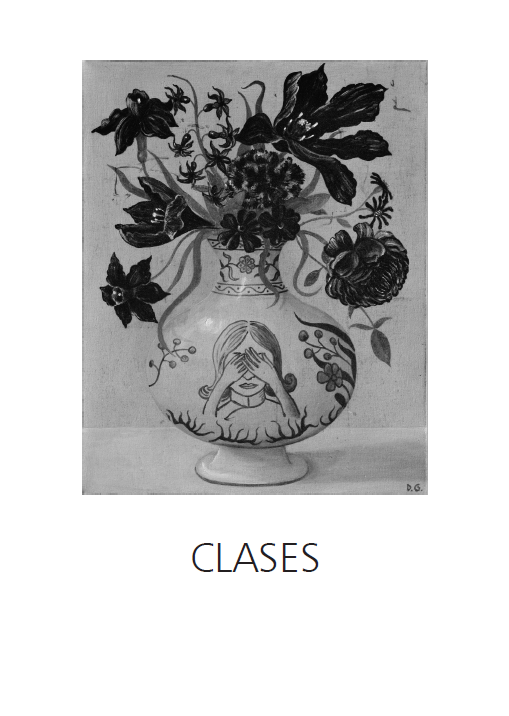Freud and the clinic of the symptom
Clase de la Asignatura Psicoanálisis II
DOI:
https://doi.org/10.35305/rpu.v0i3.40Keywords:
Symptom, Drive, Fixation, Anguish, TanatosAbstract
This writing is the result of the desgrabación and edition of the theoretical class of the chair “Psychoanalysis II”, of the Faculty of Psychology of the National University of Rosario, that I have dictated in the opening of the academic year 2019. In the same, I have highlighted the double dimension of any symptom: to be an encrypted, unconscious message, which requires an adequate interpretation that reintegrates its true meaning, at the same time as a substitute drive satisfaction that is repeated, after having been fixed a satisfaction and a way of defense that ends resulting anachronistic and, therefore, useless. To account for this drive dimension of the symptom, which in no way ignores or reduces the importance of the symptom as unconscious truth, it is necessary to resort to the Freudian texts from 1920 onwards, from its elaboration on the death drive, the second topic, the superego, the need for punishment and moral and feminine masochism. Thus, the texts “Inhibition, symptom and anguish” and “Terminable and endless analysis” are those that provide a precise Freudian perspective regarding a clinical symptom that illuminates “the hyperpower of the quantitative factor” in neuroses.
Downloads








 Esta obra está bajo una
Esta obra está bajo una 





